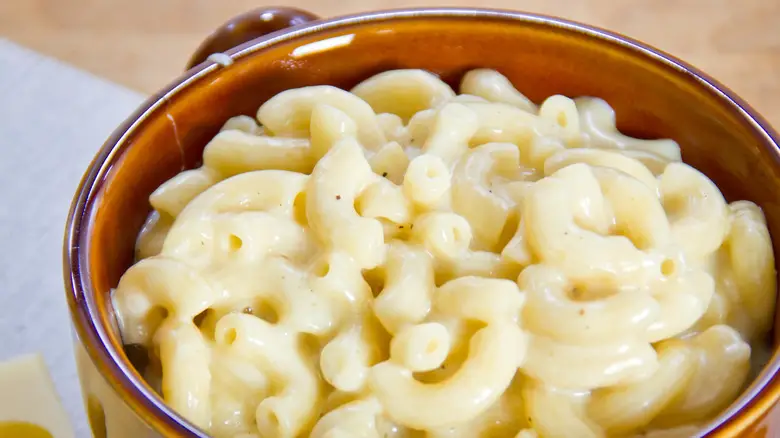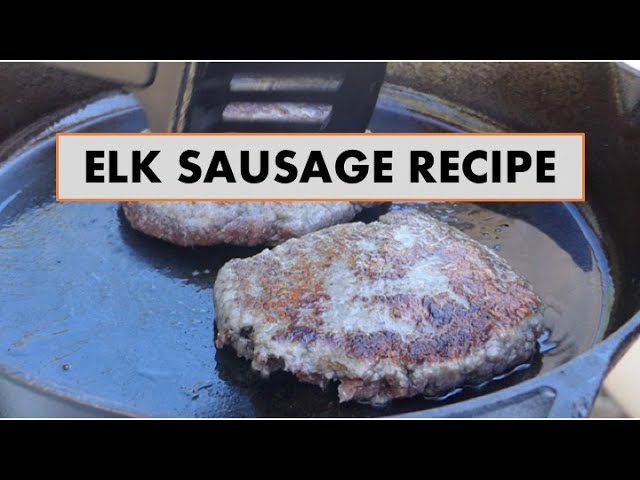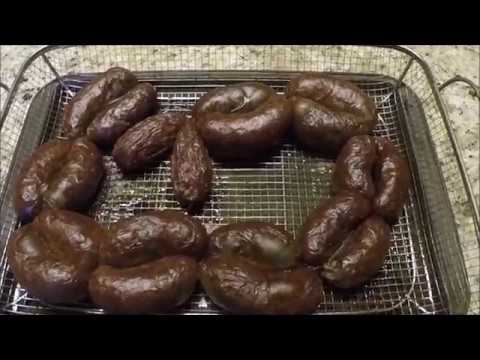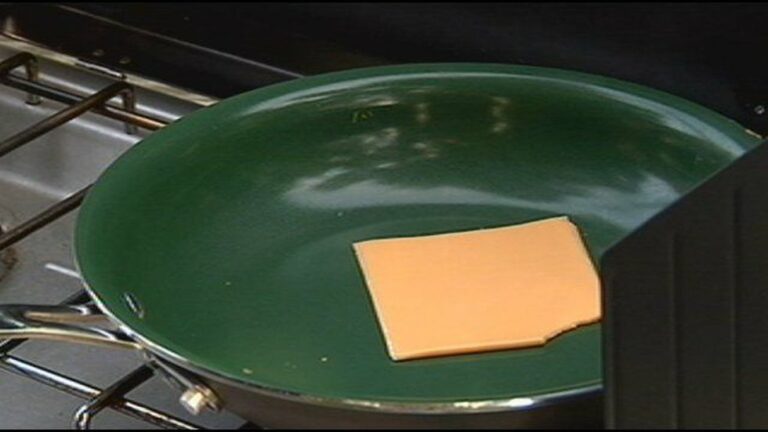How to Fix Watery Baked Mac and Cheese
Introduction
Baked mac and cheese is a classic comfort food that many people love. However, sometimes it can turn out watery, ruining the creamy texture and making a mess. Thankfully, there are ways to fix this issue! This article will provide solutions to help you fix your watery baked mac and cheese.
Understanding why Baked Mac and Cheese Becomes Watery
Before fixing the issue, it’s critical to understand why baked mac and cheese becomes watery in the first place. Here are some of the most common reasons:
- Using too much milk: Adding too much milk to your recipe can cause your mac and cheese to become runny.
- Adding too much sauce: Too much sauce may make your macaroni overly saucy resulting in watery pasta.
- Overcooking pasta: Overcooking the noodles may create extra starch resulting in excess water when baking.
- Using low-fat ingredients: using low-fat ingredients reduces the quantity of fat which causes a less creamy consistency which often leads to a watery result.
By recognizing what’s contributing to your problem, you’ll be better prepared for fixing it!
Tips for Making Perfect Mac and Cheese
The best way to prevent watery baked macaroni is by ensuring that you’re making properly. Here are some tips that you should keep in mind when making baked mac and cheese:
- Start with al dente pasta: Cooking until tender but still firm creates a firmer texture after baking.
- Do not overdo on liquid ingredients like milk or cream sauce since reducing liquids is tough one added later.
- Use full-fat ingredients (cheese/cream), as they have more fat content that makes them richer in flavor.
- Avoid adding just any type of moisture-dense vegetable like tomatoes which can add tartness value hence leading to additional water after baking
Following these guidelines should make for less of a chance that you’ll end up with watery mac and cheese!
Four Methods to Fix Watery Baked Mac and Cheese
If your mac and cheese already came out too watery, here are four methods that can help.
1. Straining Method
The straining method is an easy way to get rid of excess water from your mac and cheese. To do it correctly, follow these steps:
- Pour the macaroni mixture into a colander while holding the lid to keep noodles from falling out.
- Wait for at least five minutes or more depending on how much liquid is released, ensure that all the excess water has drained off now
- Return the noodles to their pot; they will be denser in texture after draining.
2. Baking Method
This method is excellent if you still have leftover mac and cheese in the fridge that turned out runny previously. Here’s how to give it a second chance:
- Preheat your oven to 350°F (175°C).
- Take your leftover baked macaroni mixture or even unbaked version of the dish put in baking dish.
- Cover baking dish with aluminum foil.
- Bake it for approximately 15 minutes and then check to see if any moisture remains.
- If there is evidence of extra moisture at the bottom continue baking uncovered until moisture evaporates completely or leave foil open halfway through.
At this stage, you should find your problem solved, now serve and enjoy.
3. Stovetop Method
The stovetop method is another fix-it-all procedure when dealing with watery mac n cheese; it requires adding anything that would add firmness density back into them such as oil or bread crumbs – follow these simple steps:
- Heat your pan over medium heat once hot add oil.
- Once hot again slowly add the left-over noodles/take your prepared mac and cheese mixture from step (2) and heat slowly stirring continuously for the oil to be distributed on each noodle.
- Add some breadcrumbs over the top or cheese shreds as this will act as a thickening agent. Continue to stir it until adding enough breadcrumbs to absorb water content and get a creamy texture.
- Adjust seasoning by adding pinch of salt, black pepper, paprika (optional) before serving.
This method is ideal if you prefer not waiting too long for baking your leftover mac n’ cheese, as it’s quick and fuss-free.
4. Potato Starch Method
This final method is different than what we’ve discussed above—it involves creating an extra starch in a paste form that can absorb excess water present in your dish.
- To begin making potato starch paste – Wash potatoes, peel off skin, chop them into pieces add them inside food processor along with a little bit of water
- Then process potatoes into a puree consistency form without any lumps appearing. -Tip: If you don’t have any reason to use potato starch paste now set aside until it’s needed next time. Once ready utilize 1-2 teaspoons mixed with little amount of hot water quickly within which thickness develops very much faster giving desired results when mixing with chilled macaroni mixture
- Take cooked macaroni out of oven or stovetop skillet/pan whichever was being used previously.
- Preheat stovetop into medium-low flame so that you may reheat drained noodles/mixture irrespective whichever had been used earlier Add the prepared potato starch paste mixture onto your meal bit by bit while stirring all the time, stopping once you attain the desired firmness texture level.
No more watery baked mac and cheese! Enjoy your food after trying one or all four techniques explained above.
Conclusion
Baked macaroni should be rich in flavor and texture, and by following these guidelines outlined in this article, you’ll enhance your dish. However, if you still sometimes end up with watery baked macaroni on occasion, stop worrying! Just try one of the four methods above to fix your leftovers or fresh out of the over recipe last minute – enjoy a perfect serving!
Q&A
- Q: Why did my baked mac and cheese turn out watery? A: There could be a few reasons why your mac and cheese turned out watery. One possible explanation is that you added too much liquid to the recipe, such as milk or cream. Another possibility is that you overcooked the pasta, causing it to release excess starch into the sauce.
- Q: Can I fix watery mac and cheese by adding more cheese? A: Adding more cheese may thicken up your mac and cheese slightly, but it’s not a guaranteed fix for watery pasta dishes. Instead, try using a slurry made from cornstarch or flour to thicken up the sauce without altering the flavor.
- Q: Do I need to start over if my baked mac and cheese is too watery? A: It’s not always necessary to start from scratch if your mac and cheese turns out watery. You can try baking it for a bit longer to evaporate some of the excess liquid, or adding thickening agents like breadcrumbs or additional cheeses on top before broiling.
- Q: How can I prevent my baked mac and cheese from turning out watery in the first place? A: To avoid making overly runny baked mac and cheese, make sure to follow precise ingredient measurements when preparing your recipe, including precise measurements of ingredients like milk or cream. Par-cooking your pasta can also help reduce starch buildup in the dish, leading to less waterlogged results.





